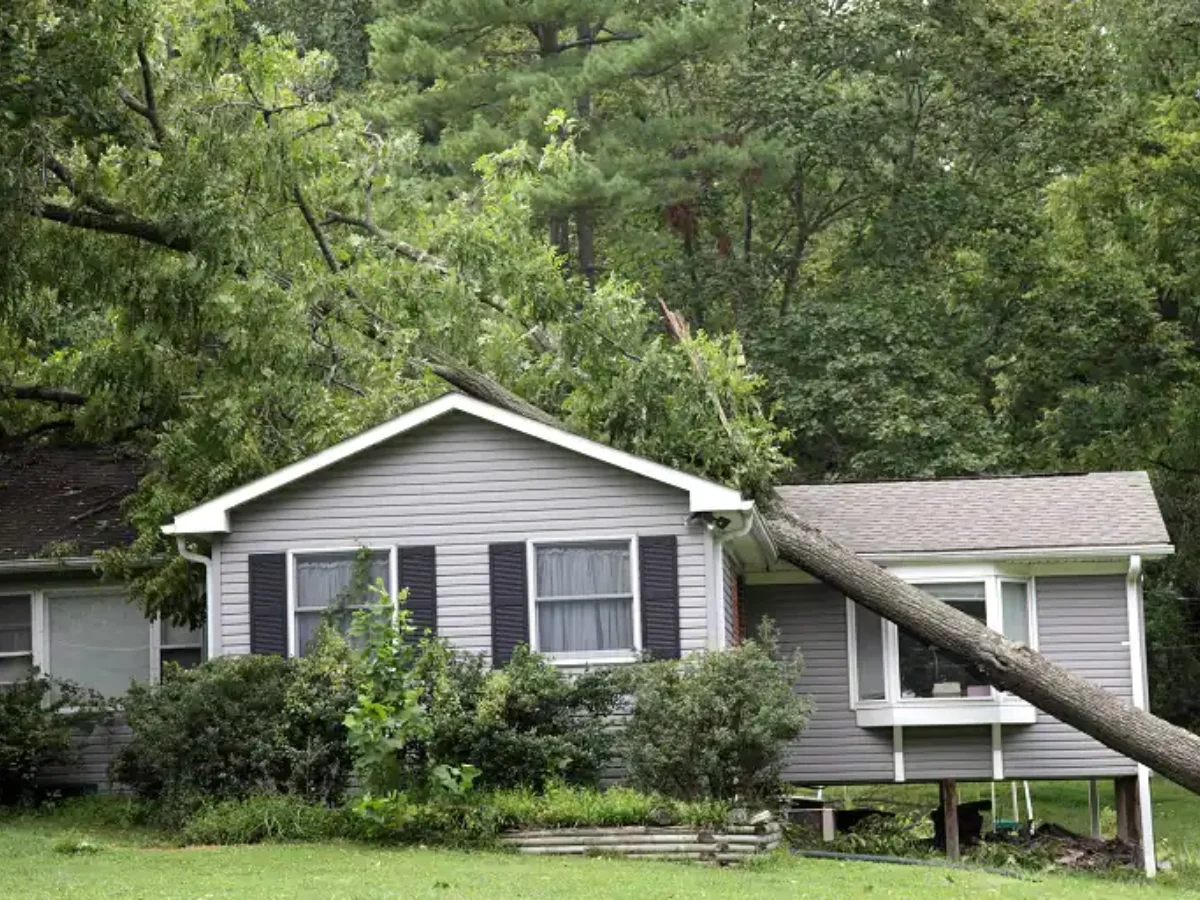Introduction
When a tree from your neighbor’s property falls into your yard, it can raise questions about responsibility, property damage, and legal implications. This article explores the key factors surrounding this common neighborly issue, providing insights into who is responsible and what steps you should take.
Understanding the Situation
The Fallen Tree
The first step is to assess the fallen tree. Determine the extent of the damage it has caused and whether it poses an immediate danger.
Property Boundaries
Understanding property boundaries is crucial. The location of the tree’s base concerning property lines will influence responsibility.
Responsibility Factors
Negligence
In many cases, negligence plays a significant role. If your neighbor was aware of the tree’s poor health or hazardous condition and did nothing to address it, they may be held responsible.
Act of God
Sometimes, a fallen tree is the result of a natural disaster or an “act of God.” In such cases, responsibility may not fall on either neighbor, as it is considered beyond human control.
Property Boundaries
If the tree was clearly located within your neighbor’s property, they are generally responsible for the cleanup and damages. If it straddled the property line, responsibility may be shared.
Insurance Matters
Homeowners Insurance
Your homeowners’ insurance typically covers damage to your property, even if it was caused by a neighbor’s tree. However, you may need to pay a deductible.
Communicate with Your Neighbor
It’s essential to maintain open and respectful communication with your neighbor. Discuss the situation, assess damages, and consider how to proceed.
Legal Implications
Local Regulations
Local regulations and ordinances may govern the responsibility for tree removal. Check with your local authorities to understand any legal obligations.
Mediation
If an agreement cannot be reached with your neighbor, mediation may be necessary. A professional mediator can help facilitate a resolution.
Conclusion
When a neighbor’s tree falls into your yard, responsibility often depends on factors such as negligence, property boundaries, and insurance. Open communication with your neighbor is key, and local regulations may also play a role. It’s a situation that requires a careful assessment of the circumstances and, in some cases, legal assistance.
FAQs – Frequently Asked Questions
1. Can I cut a neighbor’s tree branches that overhang my yard?
Yes, you generally have the right to trim branches that overhang your property. However, you should notify your neighbor and ensure you do not harm the tree’s health.
2. Will my homeowners’ insurance cover the cost of removing a neighbor’s fallen tree?
Yes, your homeowners’ insurance typically covers the cost of removing a neighbor’s fallen tree and repairing damage to your property.
3. What should I do if a neighbor’s tree is leaning dangerously towards my property?
If you believe a neighbor’s tree poses a danger, you should communicate your concerns with your neighbor and, if necessary, contact your local authorities.
4. What if a neighbor’s tree caused damage to my property but it was a result of a natural disaster?
In cases of natural disasters or “acts of God,” responsibility may not fall on the neighbor, as it is considered beyond human control.
5. Can I legally enter my neighbor’s property to remove a fallen tree that is mostly on their land?
No, you should seek permission from your neighbor or, if necessary, legal assistance to address the situation properly.
Read More: https://lookupin.co.uk/
More Related:
What Happens If You Get Caught Renting Your House?
3 Ways to Verify Occupancy of a Property
How to Airbnb Your Apartment Without Permission: A Risky Endeavor
Can You Insure an American Bully in the UK?
Unlocking the Potential of Your KTM Duke 125 ECU
The Cost of Conifer Trimming in the UK
Trimming Council Trees Overhanging Your Property: Your Rights and Responsibilities
